Pulsating Stars
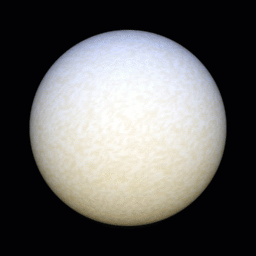
|
In our galaxy, we see stars pulsate. Gravity makes stars
very round. We can describe the pulsations with math. The
patterns depend on two numbers. We call them "l" and "m".
"l" changes the number of hot and cool spots. "m" can only
be between "-l" and "+l". It changes how the hot and cool
spots move around.
Stars are far away. We see brightness changes when "l" is
small. Play with "l" and "m" to see the ways stars pulsate.
|
 Sounds of the Stars
Sounds of the Stars
 Astronomers Discover New Type of Pulsating White Dwarf Star
Astronomers Discover New Type of Pulsating White Dwarf Star
You might also be interested in:
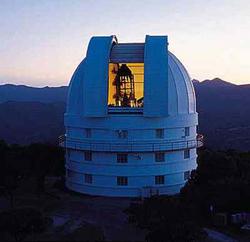
Have you ever wondered what it would be like to take a trip to an observatory to use the telescope? In February 2006, astronomer Travis Metcalfe was granted 7 nights of observing time on one of the telescopes
...more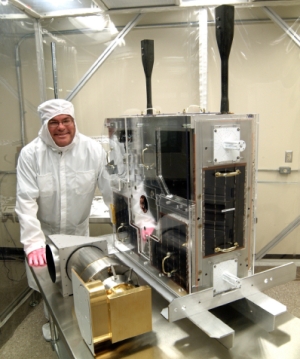
MOST is Canada's first space telescope. It is the size of a suitcase. It was launched in 2003 on an old missile. Under a treaty the missile had to be taken apart. So they used it for science! MOST has
...more
Here you will find links to all sorts of pictures, animations, videos, sounds, and interactive multimedia that are on Windows to the Universe Explore collections of images in the Image Galleries. Watch
...more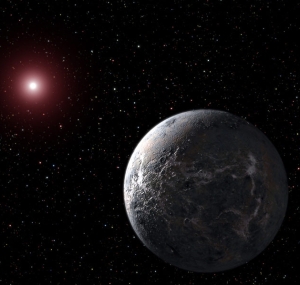
Did you know that about 200 planets have been found around distant stars? The first planet around a star like our Sun was found in 1995. Since then, a new planet has been found almost every month! The
...more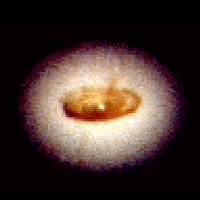
No one is sure that Black Holes really exist, but most scientists think they do. They are very hard to see, because they are black and so is space. They are black because their gravity is so strong that
...more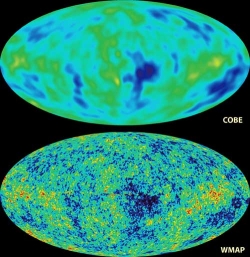
In the 1960's, a pair of scientists noticed some annoying static (like you hear on the radio) when trying to use a special radio antenna. The strange thing about the noise was that it was coming from every
...more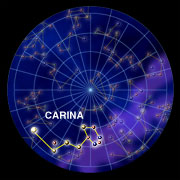
The constellation Carina is known as the Keel. A keel is the wooden bottom of old sailing ships. Carina used to be a part of the large constellation called Argo Navis. It was divided up into four different
...more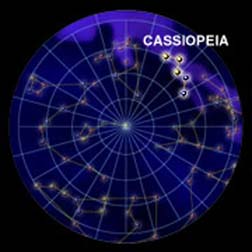
Cassiopeia was the queen of an ancient land. She and her husband, Cepheus, had a daughter named Andromeda. Cassiopeia would always say she was prettier than the sea nymphs. A monster called Cetus was
...more

 Astronomers Discover New Type of Pulsating White Dwarf Star
Astronomers Discover New Type of Pulsating White Dwarf Star















